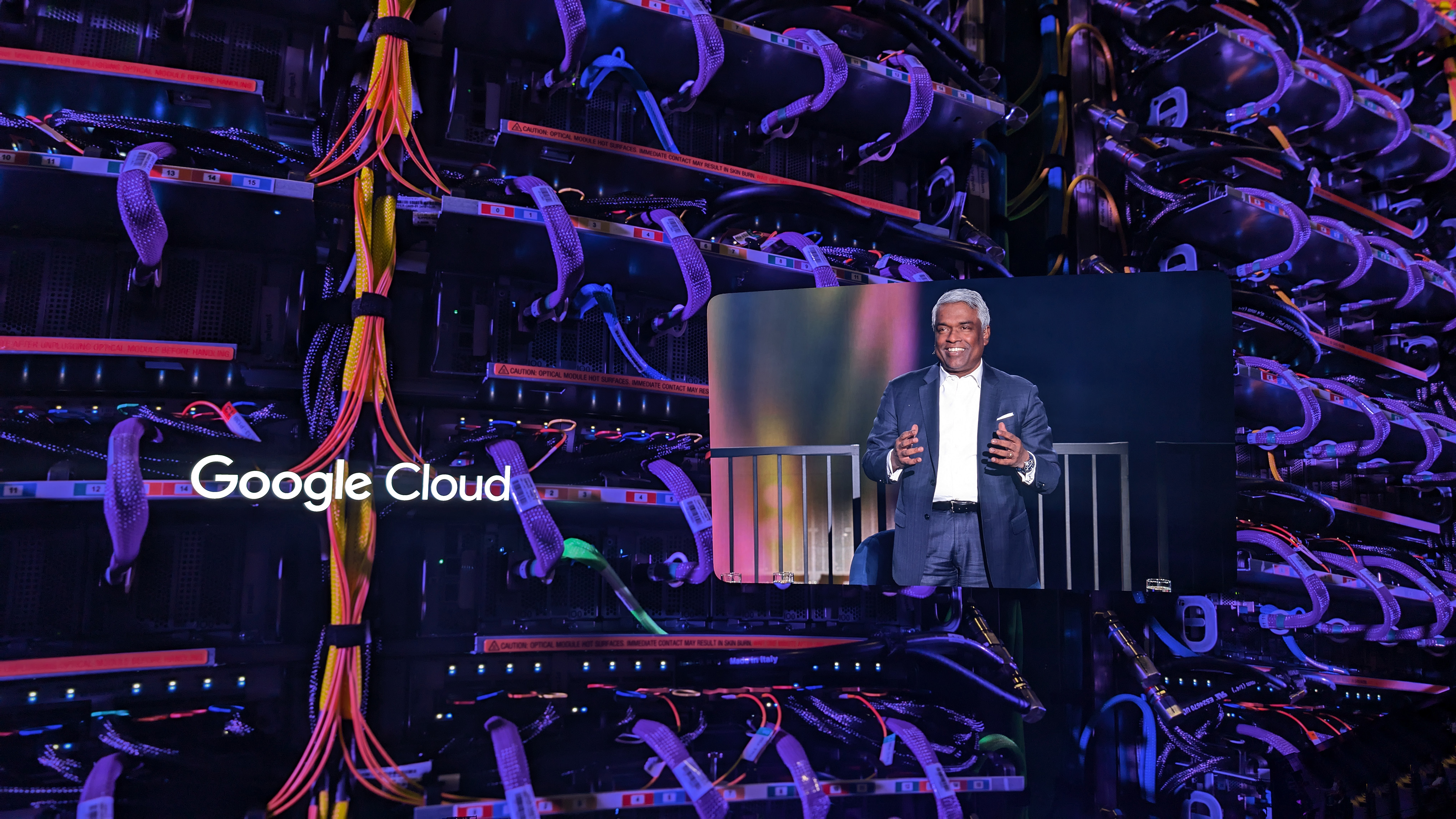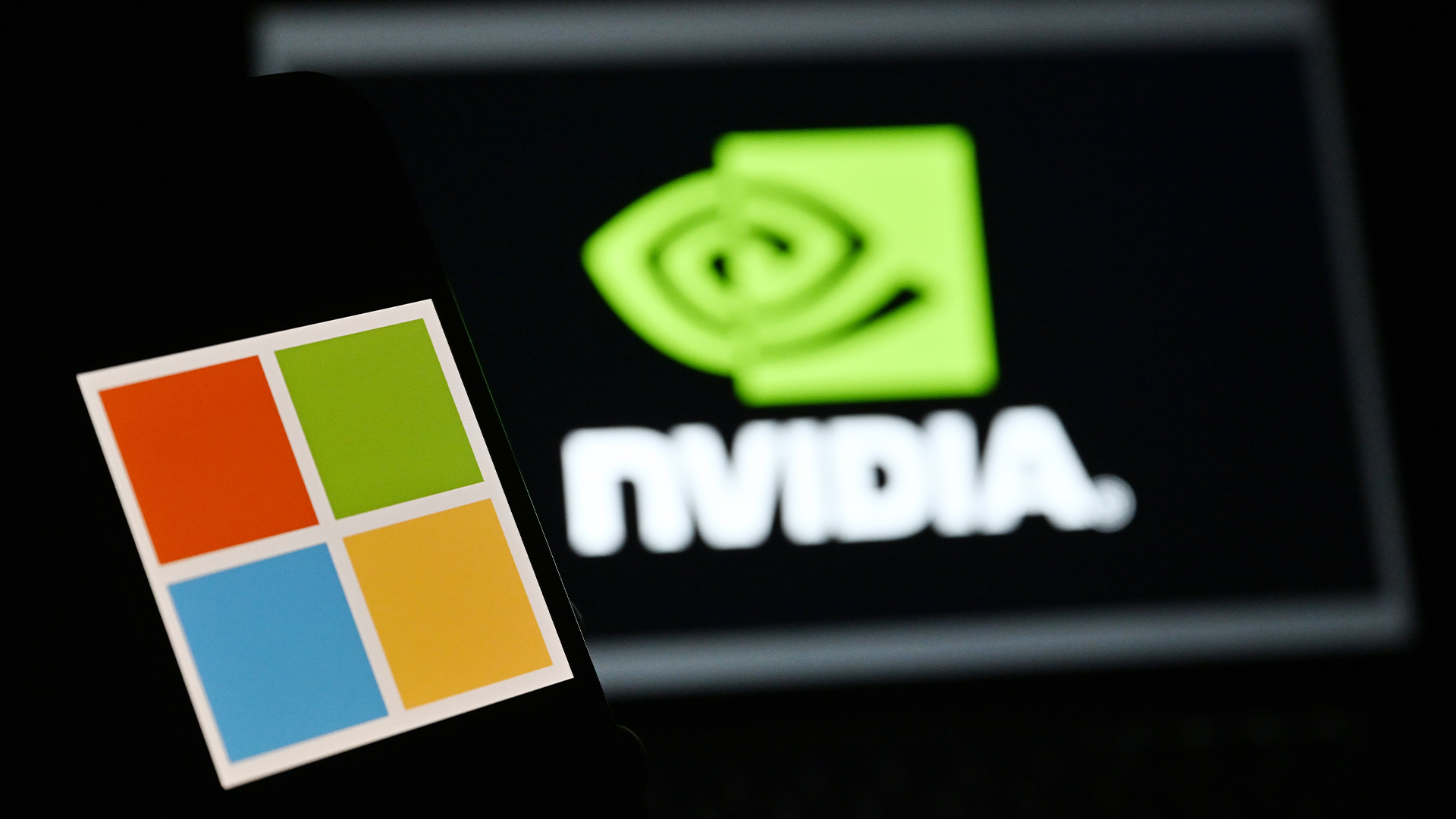Want to keep your job in the AI era? Start retraining now
Workers face critical decisions over the best way to upskill and retrain in the age of AI


Nora works in Uganda in business process outsourcing (BPO) at a call center. She's cautiously optimistic about AI adoption – after all, she's been able to reduce wait times from ten minutes to just two. But she's also worried about whether she'll have a job in the future.
This anecdote was shared by Elise Montano, director for measurement and impact at Caribou, while speaking about the tension between AI and work at the Mozilla Festival in Barcelona, Spain.
"Nora is an example of living at the cutting edge of this tension," Montano told attendees.
As part of a wider research project, Caribou interviewed 20 BPO workers in the region. Every one of them reported using AI everyday, Montano noted, and they are worried about its impact on their jobs.
And they should be: younger people will be the hardest hit by AI, as entry-level jobs continue disappearing. Montano noted that BPO tasks are 68% filled by young people, and 50% of the tasks in entry-level positions are ripe for automation versus 4% in more senior roles.
"AI is starting to remove the first rung of the career ladder," she said. But at the same time, she added, AI is also raising expectations of what skills workers will have. "The second rung of the ladder has moved up for many people."
Aside from younger people, Montano said Caribou's research suggested that women were the next cohort of people at high risk of automation, followed by rural jobs.
Sign up today and you will receive a free copy of our Future Focus 2025 report - the leading guidance on AI, cybersecurity and other IT challenges as per 700+ senior executives
Those findings align closely with a study from the UN’s International Labour Organization (ILO) earlier this year, which found generative AI is three-times more likely to impact women in the workplace than their male counterparts.
On the job training
Montano noted that the BPO workers her team spoke to were largely teaching themselves on the job, rather than being offered formal training, an issue which enterprises are now grappling with globally as staff turn to ‘shadow AI’ tools and non-approved training materials.
"Most learning is on the job," she said, adding they learned how to do it themselves — despite being required to use the technology on the job.
Indeed, she shared an anecdote about another worker who was mandated by managers to use Microsoft Copilot in his work, and even monitored to ensure he did – but not given any training at all.
"There's a whole ethics issue of people being forced to learn this on their own time," Montano added.
Notably, that sort of "experiential training" seems to work well when it comes to AI.
Caribou set up an online training effort in an attempt to reach five million small businesses — which they achieved. However, she noticed there was little impact noticeable in terms of profits, jobs or efficiency for the businesses.
In the organization's next attempt, it offered specific tools to benefit SMBs and training how to use them — sparking a much more positive response.
Of course, context matters, and Lindsey Gottschalk, vice president of strategy and partnerships at Data.org, noted that formal learning does seem to help in her work with charities and social impact organizations.
"We do still see the value of formal learning, but only when paired with experiential learning," she added.
Sometimes less is more
But the question remains on how much training is necessary to upskill workers for the AI era – and naturally it depends on industry and role. But reaching a basic level of digital skills at a wide scale is a good start, Gottschalk said, though she added that “one course on ChatGPT is not going to get a worker ready for AI”.
She also warned that providing AI tools without the right level of digital or data maturity brings risks, as workers will have a "false sense of understanding of what comes beneath it."
For example, rather than hiring a graphic designer, a company may hand generative AI tools to an employee and ask them to sort out marketing content. Although they might know how to use AI, a lack graphic design abilities will ultimately lead to AI slop.
Gottschalk pointed to no-code tools letting companies create a product without understanding the outputs, biases or other challenges of such engineering.
"That's a real danger," she said. "We really care about that baseline of data maturity."
Make sure to follow ITPro on Google News to keep tabs on all our latest news, analysis, and reviews.
MORE FROM ITPRO
- AI skills training can't be left in the hands of big tech
- In-house AI training "insufficient" for supporting business goals
- Tech industry heavyweights push for more AI training
Freelance journalist Nicole Kobie first started writing for ITPro in 2007, with bylines in New Scientist, Wired, PC Pro and many more.
Nicole the author of a book about the history of technology, The Long History of the Future.
-
 The power of partner ecosystems in today’s tax landscape
The power of partner ecosystems in today’s tax landscapeIndustry Insights Technology transformations enable tax teams to embrace partnerships in a more collaborative manner
-
 What is a tensor processing unit (TPU)?
What is a tensor processing unit (TPU)?Explainer Google's in-house AI chips are the most notable alternative to Nvidia at the enterprise scale
-
 Appian wants to usher in the age of ‘serious AI’ where processes are automated in unglamorous places
Appian wants to usher in the age of ‘serious AI’ where processes are automated in unglamorous placesNews Founder and CEO Matt Calkin opens Appian Europe with the belief that we can do business automation better
-
 Microsoft and Nvidia are teaming up again to support UK startups
Microsoft and Nvidia are teaming up again to support UK startupsNews Agentic Launchpad will offer participants AI expertise, training and networking, and marketing support
-
 AI resume screening, recruiter chatbots, and ‘ghost jobs’ are causing havoc for struggling entry-level workers
AI resume screening, recruiter chatbots, and ‘ghost jobs’ are causing havoc for struggling entry-level workersNews A new report shows employers are cutting back on entry-level hiring, but expect things to improve eventually
-
 Microsoft’s huge AI spending still has investors sweating despite solid cloud growth
Microsoft’s huge AI spending still has investors sweating despite solid cloud growthNews Capital spending at Microsoft continues to surge, despite previous claims it would cool down
-
 Analysts warn AI layoffs could spark a new wave of offshoring – enterprises are rehiring after workforce cuts, but either outsourcing or at lower rates of pay
Analysts warn AI layoffs could spark a new wave of offshoring – enterprises are rehiring after workforce cuts, but either outsourcing or at lower rates of payNews Analysts expect a wave of rehiring next year in the wake of AI layoffs. That may sound like good news for workers, but it'll probably involve offshoring or outsourcing.
-
 UK firms are pouring money into AI, but they won’t see a return on investment unless they address these key issues
UK firms are pouring money into AI, but they won’t see a return on investment unless they address these key issuesNews An SAP report projects increased AI investment, but cautions that too many organizations are taking a fragmented approach
-
 Employee ‘task crafting' could be the key to getting the most out of AI
Employee ‘task crafting' could be the key to getting the most out of AINews Tweaking roles to make the most of AI makes you more engaged at work
-
 Salesforce could become the king of enterprise AI – but only if customers believe in its potential
Salesforce could become the king of enterprise AI – but only if customers believe in its potentialAnalysis At Dreamforce 2025, Salesforce painted a believable picture for enterprise AI, but shareholders will only be reassured by greater business buy-in
